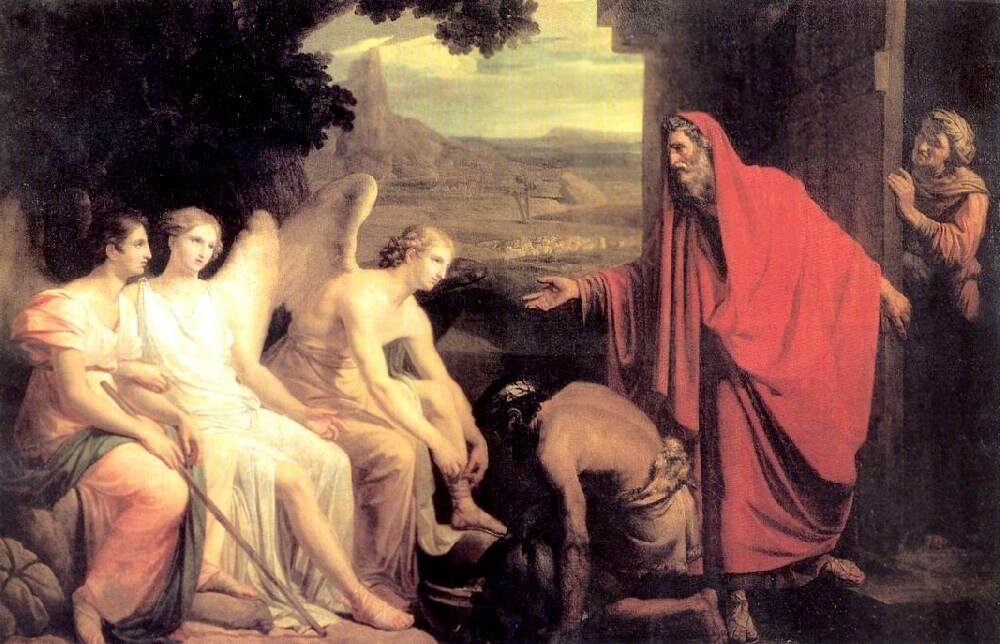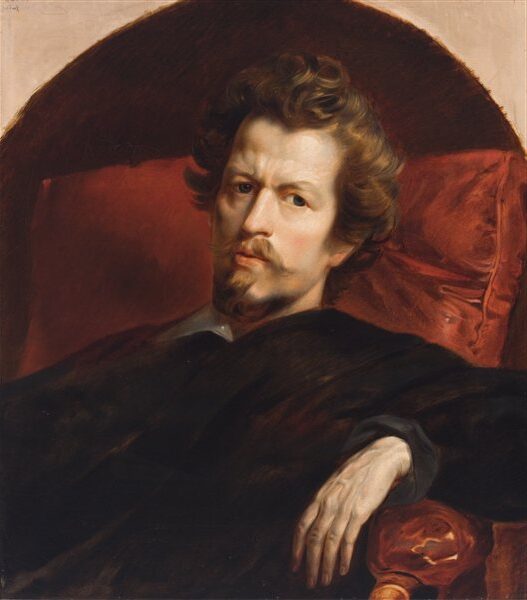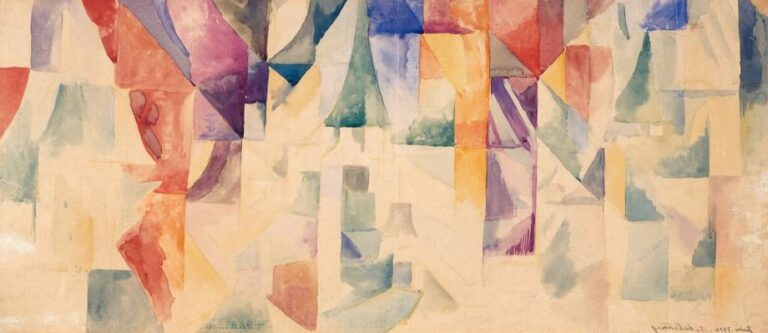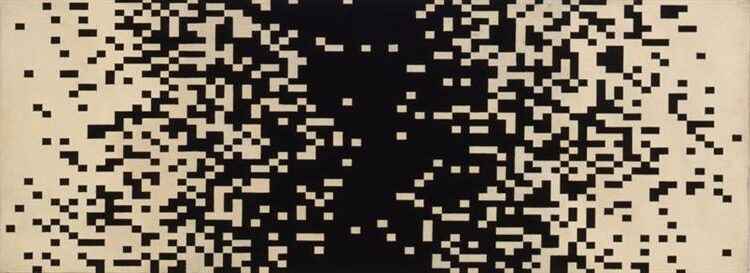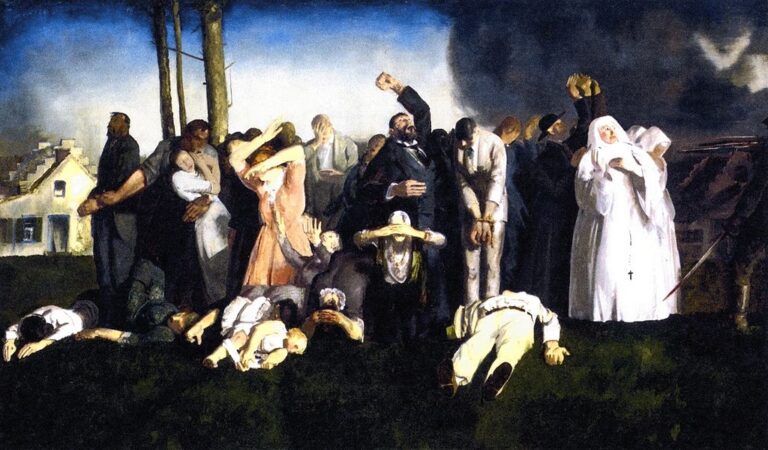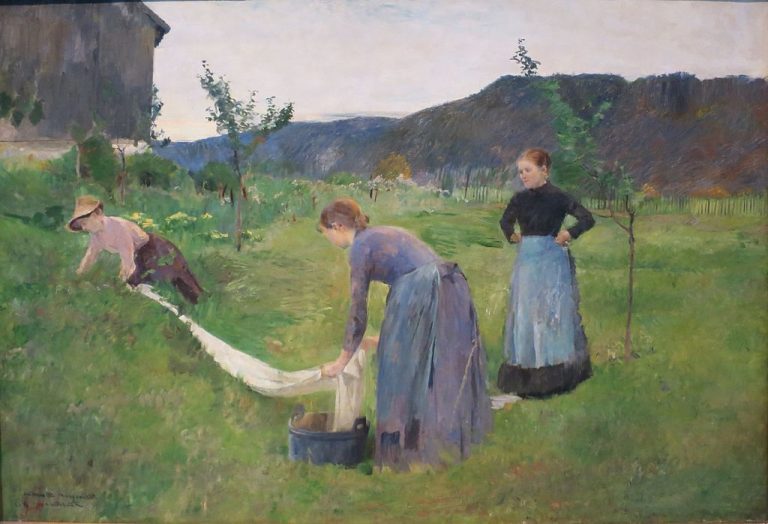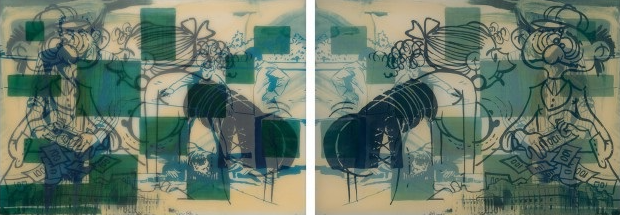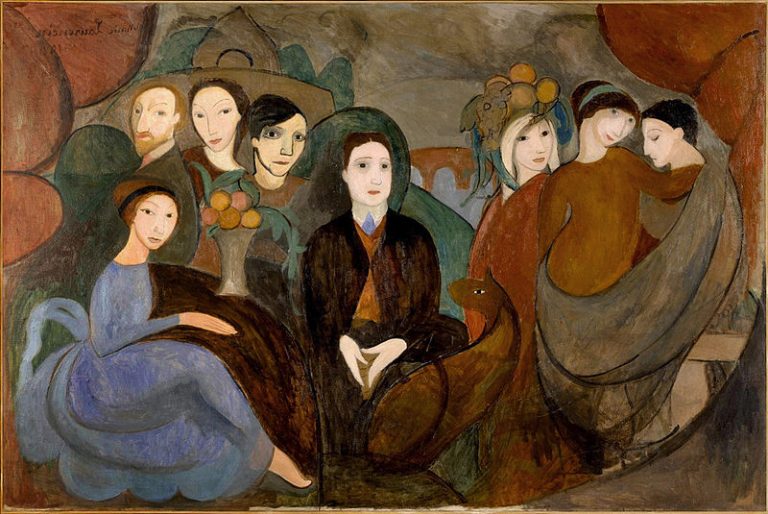Karl Bryullov Painter: A Masterful Russian Romanticist of the 19th Century
Born: 12 December 1799, St. Petersburg, Russian Empire
Death: 11 June 1852, Manziana, Papal State
Mouvement artistique : Romantisme
Nationalité : Russe
Teacher: Alexander Bryullov
Institution : Académie impériale des arts
Karl Bryullov Painter: A Masterful Russian Romanticist of the 19th Century
Life and Career of Karl Bryullov
Karl Pavlovich Bryullov was one of Russia’s most celebrated painters. His life spanned the late 18th and early 19th centuries. His artistic journey took him from his native Russia to Italy, where he developed his distinctive style blending Renaissance classicism with realism.
Vie et formation
Karl Bryullov was born on December 12, 1799, in St. Petersburg, Russia. He came from a family with artistic roots, which helped shape his early interest in painting.
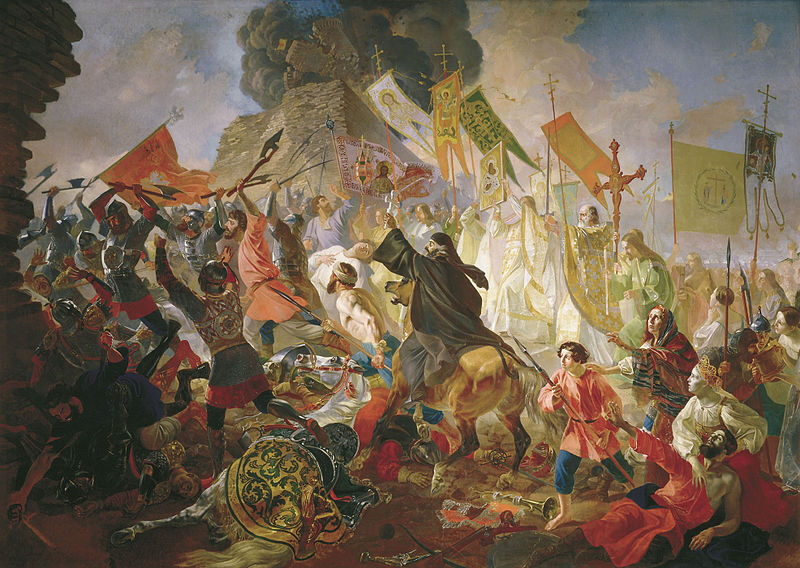
Siege of Pskov by Polish King Stephen Báthory, 1839–1843
At a young age, Bryullov entered the Imperial Academy of Arts in St. Petersburg. There, he received formal training in the neoclassical tradition that dominated Russian art at that time. His instructors quickly noticed his exceptional talent.
By the time he graduated, Bryullov had already won several awards for his work. The Society for the Encouragement of Artists recognized his potential and sponsored his travel to Italy in 1822. In Italy, he would further develop his skills and artistic vision.
Se hisser sur le devant de la scène
In Italy, Bryullov found the perfect environment to refine his style. He studied the works of Les maîtres de la Renaissance and incorporated their techniques into his own paintings.
His career breakthrough came with “Italian Midday” (1827), a painting that showcased his ability to capture light and human form. However, it was “The Last Day of Pompeii” (1830-1833) that established him as a master painter internationally.
This massive historical canvas combined dramatic composition with precise detail. When exhibited in Italy and later in Russia, it created a sensation. Bryullov became one of the most famous painters in Europe virtually overnight.
His success opened doors to aristocratic and intellectual elite circles. He received numerous commissions for portraits, becoming known for his ability to capture both the physical likeness and character of his subjects.
Les dernières années et l'héritage
Despite his fame, Bryullov’s health began to deteriorate in the 1840s. He continued painting but focused increasingly on smaller works and portraits.

Portrait of V. A. Perovsky on Column Capitals, 1824
In 1849, doctors advised him to seek a warmer climate. He traveled first to Madeira and then returned to Italy, where he spent his final years. Bryullov died on June 11, 1852, in the village of Manziana near Rome. He was buried in the Cimitero Acattolico, the Protestant Cemetery in Rome.
His artistic legacy is profound. Bryullov successfully bridged classicism with emerging realist tendencies in Russian art. His technical mastery in various media—oil painting, watercolor, and sepia drawings—influenced generations of Russian artists.
The works he left behind, particularly his historical subjects and portraits, continue to be celebrated for their technical brilliance and emotional depth. Many of his masterpieces are housed in Russia’s most prestigious museums.
Style et influence artistiques
Karl Bryullov’s distinctive artistic approach merged technical mastery with emotional expression. His work bridged multiple artistic movements while maintaining a uniquely Russian perspective that would influence generations of artists.
Romanticism and Classicism
Bryullov stood at the crossroads of two major artistic movements – Romanticism and Classicism. His technical approach showed strong classical training with precise draftsmanship and balanced compositions. However, he infused these classical elements with Romantic energy and emotion.
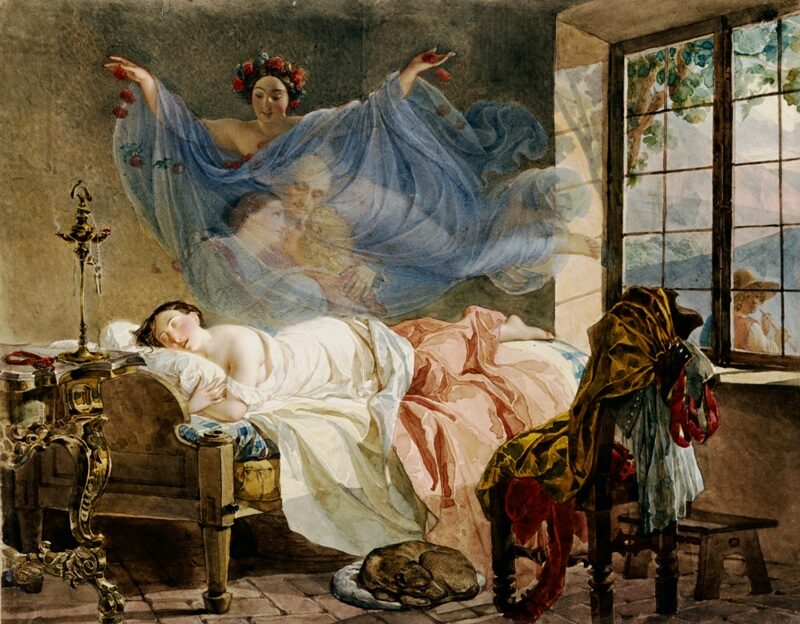
A Dream of a Girl Before a Sunrise, 1830-1833, by Karl Bryullov
Unlike pure Neoclassicists, Bryullov embraced vivid colors and dramatic scenes. His masterpiece “The Last Day of Pompeii” exemplifies this blend – a historically accurate scene presented with emotional intensity and theatrical lighting.
Bryullov admired Rubens and Van Dyck, adopting elements of their dynamic compositions and rich color palettes. His work maintained academic precision while breaking free from rigid classical constraints.
Portraits and Psychological Penetration
As a portraitist, Bryullov demonstrated remarkable psychological insight. He captured not just physical likeness but the essence of his subjects.
His portraits combined “neoclassical simplicity with a romantic tendency,” creating works of striking intimacy. Bryullov painted notable figures including Pushkin and Gogol, revealing their character through subtle facial expressions and posture.
Unlike many formal portrait painters of his era, Bryullov often depicted subjects in relaxed, natural poses. He paid special attention to eyes, believing they revealed the soul.
His portrait techniques showed versatility – from grand formal compositions to intimate domestic scenes with remarkable psychological depth.
Influence on Russian and European Art
Bryullov’s impact on Russian art cannot be overstated. Known as “Karl the Great” and the “Tzar of Painting,” he was the first Russian painter to achieve international recognition.
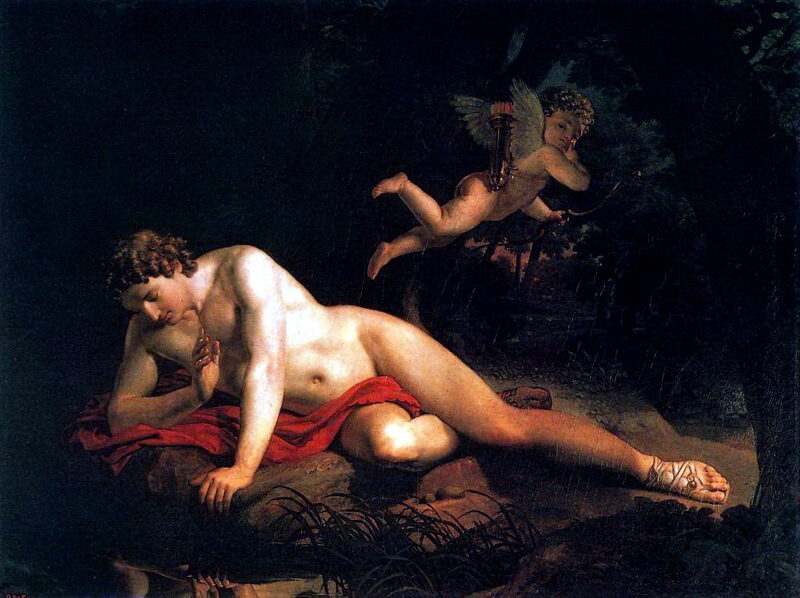
Narcissus, 1819, by Karl Bryullov
His work freed Russian art from strict academic constraints while maintaining technical excellence. This balance inspired generations of Russian artists who sought to combine traditional skills with emotional expression.
Bryullov’s influence extended beyond Russia into broader European art circles. His historical paintings earned respect from European painters who previously viewed Russian art as provincial.
His teaching career further cemented his legacy, as his students carried his techniques and philosophical approach into the next generation of Russian painting.
Masterpieces and Critical Acclaim
Karl Bryullov’s artistic legacy rests on his exceptional technical skills and his ability to blend neoclassical training with romantic sensibilities. His works earned him international recognition during his lifetime and continue to be celebrated in major museums worldwide.
The Last Day of Pompeii
“The Last Day of Pompeii” (1830-1833) stands as Bryullov’s most celebrated masterpiece. This monumental canvas depicts the catastrophic eruption of Mount Vesuvius that destroyed the ancient Roman city in 79 CE.

The Last Day of Pompeii, 1833, by Karl Bryullov
Bryullov spent six years creating this work, conducting meticulous research including studying Pliny’s letters to Tacitus and examining archaeological documents about Pompeii. The painting dramatically portrays the human struggle against natural disaster.
The enormous composition shows terrified citizens fleeing as buildings collapse around them. Bryullov masterfully captures the contrast between human vulnerability and nature’s power through his use of light, shadow, and expressive figures.
The painting combines classical compositional techniques with romantic emotional intensity. It remains housed in the Russian Museum in St. Petersburg, where it continues to impress viewers with its scale and emotional impact.
Public and Critical Reception
Bryullov achieved extraordinary acclaim both in Russia and internationally. “The Last Day of Pompeii” was exhibited in Italy and Paris before arriving in Russia, generating excitement at each location.
When the painting arrived in St. Petersburg, it created a sensation. The Russian public had never seen such a dramatic and technically accomplished work by a Russian artist. The piece earned Bryullov the nickname “Great Karl” among his contemporaries.
Critics praised his ability to blend classical academic training with emotional energy. His technical proficiency in oil on canvas was widely acknowledged, with particular admiration for his masterful handling of light effects.
Beyond “Pompeii,” his portraits were highly sought after by Russian aristocracy and European patrons. His self-portraits reveal both his technical skill and psychological depth.
Contributions to Artistic Institutions
Bryullov played a significant role in Russian art institutions during his career. He became a valued member of the Society for the Promotion of Artists, helping to nurture new talent in Russia.
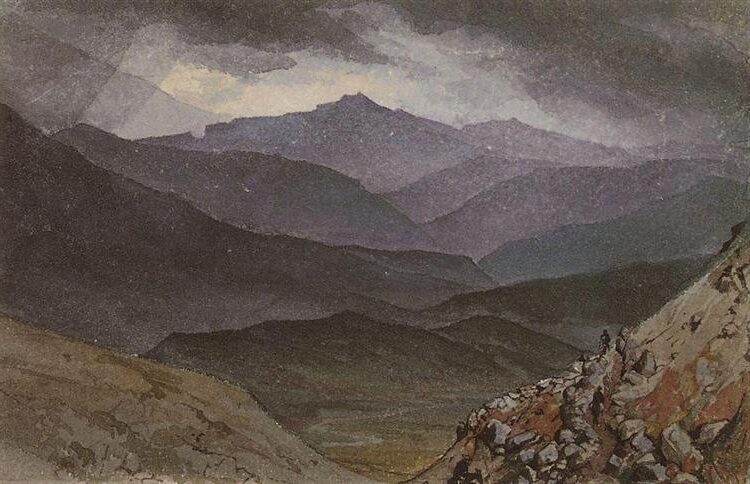
The Road in the Sinai After the Storm, 1835, by Karl Bryullov
His works influenced a generation of Russian painters who sought to emulate his technical excellence and emotional power. As a teacher, he encouraged students to develop both strong technical foundations and personal expression.
Bryullov contributed to major architectural projects, including creating paintings for St. Isaac’s Cathedral in St. Petersburg. These religious works demonstrated his versatility beyond historical subjects and portraiture.
His paintings now appear in prestigious collections including the Russian Museum, the State Tretyakov Gallery, and the Louvre. This international presence has cemented his reputation as one of Russia’s most significant painters of the 19th century.
Questions fréquemment posées
Karl Bryullov’s life and work raise many questions among art enthusiasts and scholars alike. His distinct style, historical significance, and artistic contributions have made him a subject of ongoing interest in the art world.
What are the most famous works of Karl Bryullov?
“The Last Day of Pompeii” is widely considered Bryullov’s masterpiece. This monumental painting depicts the eruption of Mount Vesuvius and showcases his ability to combine classical techniques with l'intensité émotionnelle.
His portrait work is equally significant, with “The Horseman” and “Portrait of the Countess Yulia Samoylova” demonstrating his skill in capturing both likeness and character.
“Italian Midday” represents his talent for rendering light and creating atmospheric scenes with classical elements.
Which art movement is Karl Bryullov associated with?
Bryullov bridged Neoclassicism and Romanticism in his artistic approach. He received classical academic training but infused his work with Romantic spontaneity and emotional depth.
His technical proficiency reflected Renaissance Classicism, while his dramatic compositions and interest in historical subjects aligned with Romantic sensibilities.
This combination of styles made him unique among his contemporaries and difficult to categorize within a single movement.
How did Karl Bryullov influence the development of Russian painting?
Bryullov elevated Russian art to international recognition with his technical excellence and dramatic compositions. His work helped Russian painting gain respect in European artistic circles.
He introduced a more expressive and emotionally charged approach to Russian art, moving beyond strict academic conventions while maintaining classical foundations.
Many Russian artists studied his techniques and compositions, establishing him as a foundational figure in Russian painting.
What distinguishes Karl Bryullov’s style from other artists of his time?
Bryullov’s distinctive fusion of technical precision with emotional intensity set him apart from contemporaries. He combined meticulous detail with dramatic lighting and composition.
His ability to render human figures with both anatomical accuracy and psychological depth created works that were technically impressive and emotionally moving.
Bryullov often placed his subjects within natural settings, creating a harmonious relationship between humans and nature that reflected Romantic sensibilities.
In what ways did Karl Bryullov contribute to the education and mentorship of other artists?
As a prominent figure in Russian art, Bryullov influenced numerous students through his teaching at the Imperial Academy of Arts in St. Petersburg. His emphasis on both technical skill and artistic expression shaped a generation of Russian painters.
He encouraged students to develop their individual styles while mastering fundamental techniques. Many of his students went on to become significant artists in their own right.
His paintings served as models for study, with artists learning from his approach to color, composition, and emotional content.
Which historical events did Karl Bryullov depict in his art, and how did he approach these subjects?
The destruction of Pompeii became Bryullov’s most famous historical subject in “The Last Day of Pompeii.” He approached this event with dramatic intensity. In the painting, he captured human emotion in the face of disaster.
Bryullov also painted scenes from classical mythology and biblical narratives. His approach to these subjects combined historical accuracy with emotional resonance.
Rather than simply documenting historical moments, he emphasized the human experience within these events. His works connected viewers emotionally to the past.

